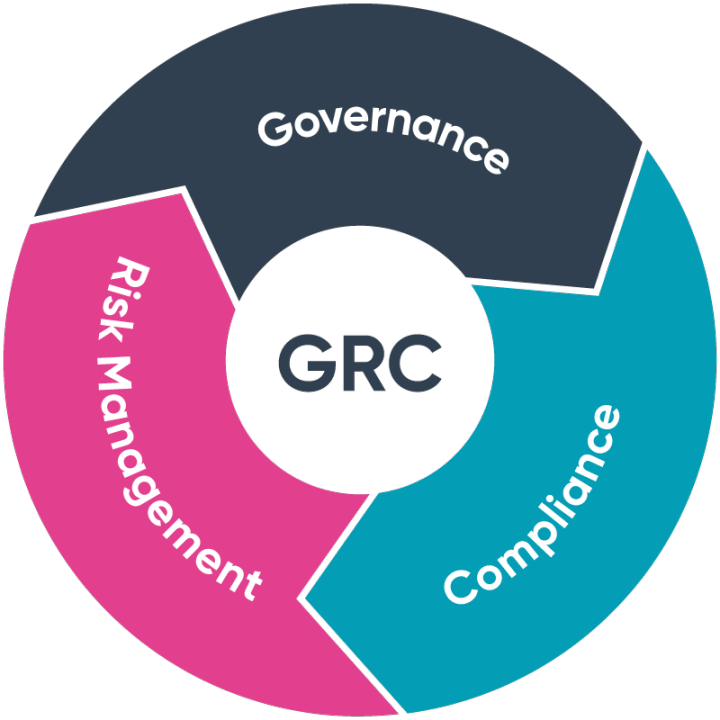
What is Needed for CMMC Compliance?
The Cybersecurity Maturity Model Certification (CMMC) is a framework established by the U.S. Department of Defense (DoD) to enhance the cybersecurity practices of organizations within the defense industrial base (DIB). CMMC compliance is crucial for organizations wanting to do business with the DoD, as it ensures they meet the necessary cybersecurity requirements. To achieve CMMC compliance, organizations must have certain elements in place.
- Understanding of CMMC Framework
The first step towards CMMC compliance is gaining a thorough understanding of the CMMC framework. It is essential to familiarize yourself with the five maturity levels and the associated practices, processes, and domains defined in the model. Having a clear understanding of the requirements at each level will help organizations determine the scope of their compliance efforts.
- Readiness Assessment
Before pursuing CMMC compliance, organizations should conduct a readiness assessment to evaluate their current cybersecurity practices and identify any gaps that need to be addressed. This assessment can help organizations determine their starting point and develop a roadmap for achieving the necessary CMMC requirements.
- Alignment with NIST SP 800-171
Compliance with the National Institute of Standards and Technology (NIST) Special Publication 800-171 is a foundation for CMMC compliance. The organization should ensure that it has implemented the necessary practices and controls specified in NIST SP 800-171. These controls cover a wide range of areas, including access control, incident response, audit and accountability, and system and information integrity.
- Documentation of Policies and Procedures
One of the key components of CMMC compliance is having well-documented policies and procedures in place. Organizations must develop and maintain policies that outline their approach to cybersecurity and the protection of sensitive information. These policies should be supported by documented procedures that detail how specific cybersecurity practices are implemented within the organization.
- Security Awareness and Training
CMMC requires organizations to establish a cybersecurity awareness and training program for their employees. This program should cover topics such as phishing attacks, social engineering, password hygiene, and incident reporting. Regular training sessions and updates can help employees stay informed about the latest cybersecurity threats and best practices.
- Controlled Access to Systems and Data
To meet CMMC compliance requirements, organizations must establish strong access controls for their systems and sensitive data. This includes implementing measures such as multi-factor authentication (MFA), strict password policies, and role-based access controls (RBAC). By controlling access to sensitive information, organizations can minimize the risk of unauthorized disclosures or breaches.
- Incident Response Plan
CMMC compliance mandates that organizations have an incident response plan in place. This plan outlines the steps to be taken in the event of a cybersecurity incident, such as data breaches or system compromises. It should include roles and responsibilities, communication protocols, and procedures for containment, eradication, and recovery. Regular testing and updates of the incident response plan are also essential.
- Regular Security Assessments
Organizations aiming for CMMC compliance must undergo regular security assessments conducted by accredited third-party assessment organizations (C3PAOs). These assessments evaluate an organization’s cybersecurity practices, controls, and overall maturity level. It is essential for organizations to engage with authorized assessors and be prepared for these assessments to demonstrate their compliance.
- Continuous Monitoring and Improvement
CMMC compliance is not a one-time effort but an ongoing process. Organizations must establish a system for continuous monitoring and improvement of their cybersecurity practices. This includes regular vulnerability scanning, penetration testing, and reviewing security logs. By continuously monitoring their systems and making necessary improvements, organizations can stay ahead of potential cyber threats and maintain their compliance.
- Supply Chain Management
CMMC places significant emphasis on supply chain security. Organizations must ensure that their subcontractors and suppliers also meet the required cybersecurity practices specified by CMMC. Establishing mechanisms for assessing and managing risks within the supply chain is crucial to ensure the security and integrity of sensitive information throughout its lifecycle.
In conclusion, achieving CMMC compliance requires organizations to have a clear understanding of the framework, assess their readiness, align with NIST SP 800-171 controls, document policies and procedures, provide security awareness and training, establish access controls, develop an incident response plan, undergo regular security assessments, implement continuous monitoring, and ensure supply chain management. By fulfilling these requirements, organizations can strengthen their cybersecurity posture and meet the necessary standards for doing business within the defense industry.
Contact Cyber Defense Advisors to learn more about our CMMC Compliance solutions.




